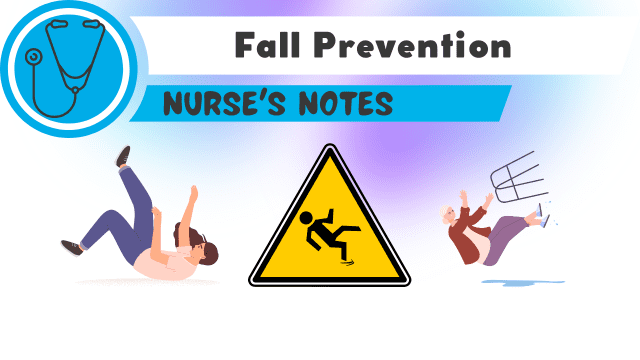Dementia Fall Risk - Truths
Dementia Fall Risk - Truths
Blog Article
Getting My Dementia Fall Risk To Work
Table of ContentsDementia Fall Risk - The FactsDementia Fall Risk Can Be Fun For Everyone3 Easy Facts About Dementia Fall Risk ShownFascination About Dementia Fall Risk
A fall danger assessment checks to see just how most likely it is that you will certainly fall. The evaluation generally consists of: This consists of a collection of questions regarding your general health and if you have actually had previous falls or issues with equilibrium, standing, and/or strolling.Treatments are suggestions that may decrease your risk of dropping. STEADI consists of three steps: you for your danger of dropping for your threat aspects that can be enhanced to try to avoid drops (for instance, equilibrium problems, impaired vision) to lower your danger of falling by utilizing reliable techniques (for example, supplying education and sources), you may be asked numerous inquiries including: Have you fallen in the previous year? Are you stressed regarding dropping?
If it takes you 12 seconds or even more, it might mean you are at greater threat for a fall. This examination checks strength and equilibrium.
The settings will certainly get more difficult as you go. Stand with your feet side-by-side. Move one foot midway onward, so the instep is touching the huge toe of your other foot. Relocate one foot completely before the various other, so the toes are touching the heel of your various other foot.
The Best Strategy To Use For Dementia Fall Risk
Most falls occur as a result of several adding factors; for that reason, handling the risk of dropping starts with determining the variables that contribute to fall danger - Dementia Fall Risk. Several of the most relevant threat elements include: History of prior fallsChronic clinical conditionsAcute illnessImpaired stride and balance, reduced extremity weaknessCognitive impairmentChanges in visionCertain high-risk drugs and polypharmacyEnvironmental variables can also raise the threat for drops, including: Poor lightingUneven or damaged flooringWet or unsafe floorsMissing or damaged hand rails and order barsDamaged or poorly fitted tools, such as beds, mobility devices, or walkersImproper use assistive devicesInadequate guidance of the individuals staying in the NF, including those who show aggressive behaviorsA successful autumn risk monitoring program requires an extensive professional analysis, with input from all members of the interdisciplinary team

The care strategy need to also consist Read More Here of interventions that are system-based, such as those that advertise a secure setting (ideal illumination, handrails, get bars, etc). you can try these out The effectiveness of the interventions should be reviewed regularly, and the care plan changed as needed to reflect changes in the autumn danger analysis. Implementing a loss danger management system using evidence-based best method can lower the occurrence of falls in the NF, while restricting the possibility for fall-related injuries.
Dementia Fall Risk Things To Know Before You Buy
The AGS/BGS guideline recommends screening all adults aged 65 years and older for autumn danger every year. This testing contains asking people whether they have dropped 2 or even more times in the previous year or looked for medical attention for a fall, or, if they have actually not fallen, whether they really feel unsteady when walking.
Individuals who have fallen once without injury must have their balance and stride evaluated; those with stride or equilibrium problems should obtain extra analysis. A background of 1 autumn without injury and without stride or equilibrium troubles does not call for more evaluation past ongoing yearly loss risk screening. Dementia Fall Risk. An autumn threat analysis is called for as part of the Welcome to Medicare evaluation

Unknown Facts About Dementia Fall Risk
Documenting a falls history is one of the high quality indications for loss avoidance and management. An important part of danger assessment is a medicine evaluation. Numerous classes of drugs enhance autumn danger (Table 2). Psychoactive medicines in specific are independent forecasters of falls. These medicines have a tendency to be sedating, modify the sensorium, and harm balance and stride.
Postural hypotension can usually be relieved by lowering the dose of blood pressurelowering drugs and/or stopping medications that have orthostatic hypotension as an adverse effects. Use above-the-knee assistance hose and copulating the head of the bed boosted might additionally decrease postural decreases in high blood pressure. The suggested components of a fall-focused health examination are displayed in Box 1.

A TUG time their website above or equivalent to 12 seconds recommends high fall danger. The 30-Second Chair Stand examination evaluates reduced extremity strength and balance. Being incapable to stand from a chair of knee height without utilizing one's arms shows boosted loss threat. The 4-Stage Equilibrium examination analyzes static balance by having the client stand in 4 settings, each gradually more challenging.
Report this page